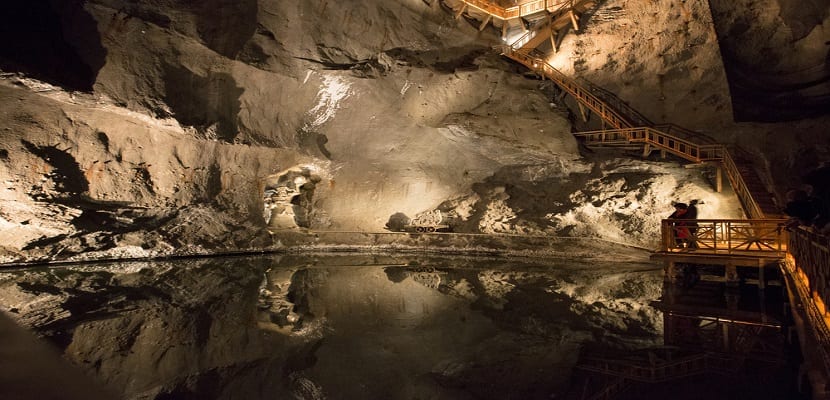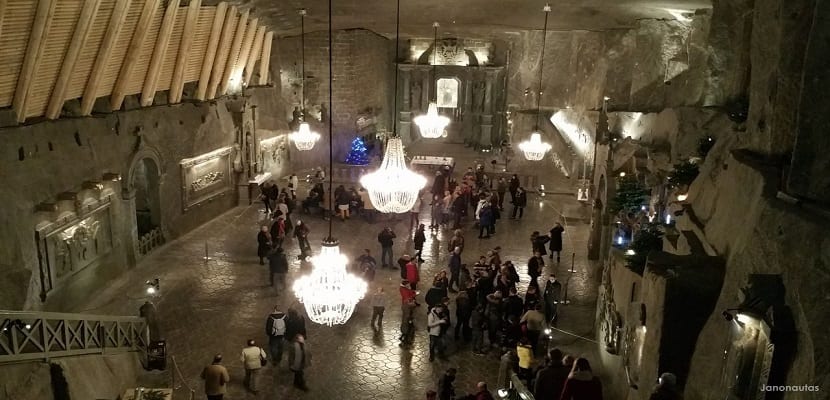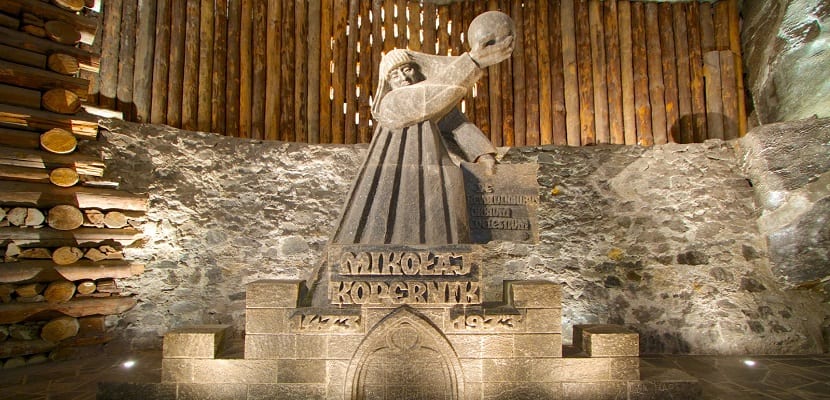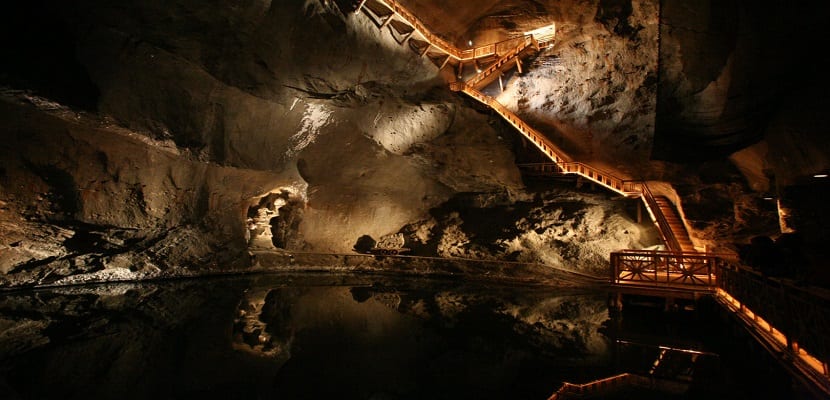
Image | Walkabout
In the Krakow metropolitan area are the Wieliczka Salt Mines, which are considered the Salt Cathedral of Poland. These were exploited from the 300th century to practically the present day, but at present it is only an important museum whose labyrinthine galleries of more than XNUMX kilometers tell us the history of salt mining.
The Wieliczka Salt Mines are one of the most unusual tourist attractions in Krakow and are very interestingTherefore, it is worth a visit to this incredible place to learn a piece more of the history of Poland.
History of the salt mines

Image | Janonauts
In the Middle Ages it was discovered that large quantities of rock salt existed in the Wieliczka area and its extraction in two wells began. At the end of the XNUMXth century and the beginning of the XNUMXth, the Saltworks Castle was built in Wieliczka (current headquarters of the Museum of the Royal Saltworks in Krakow) from where the mines were administered until the middle of the XNUMXth century.
Over time the mines grew in length and depth, to become one of the largest salt mines on the planet that is still active today. In their deepest zone they reach 325 m underground and their galleries expand in a network of about 300 km.
Due to their spectacularity and uniqueness, Unesco declared them a World Heritage Site in 1978 but they have always attracted the attention of visitors from all over the world and renowned figures such as John Paul II or Nicolás Copernicus, who has a room in his honor.
View to the Wieliczka Salt Mine
The salt mines are not a suitable place for the claustrophobic, since the maximum depth to which the tourist itinerary descends is approximately 135 meters to travel about 20 underground chambers spread over 3 kilometers for about 3 hours. However, making an effort to get to know such a place is worth it.

Image | Hellocracow
As soon as you start the tour, you go down half the steps of the route in one sitting, about 400, so you should wear comfortable shoes and be prepared to walk. After what seems like an endless descent we find various corridors, rooms and chambers. Some of the most outstanding are those dedicated to Nicolás Copernicus (on his 500th anniversary the miners named this chamber in his honor and placed a statue of the famous astronomer) and John Paul II.
Next to it is the Janowice chamber, in which you can see a group of salt statues that represent a passage from the legend of Queen Kinga and finally Saint Kinga, the patron saint of the mine and one of the most important saints of Poland.

Image | Expedia
Then we find the room of Casimir the Great, a medieval monarch who legislated on the administration of the salt mines. Here we can find a large bust dedicated to him and old machines to transfer salt such as the horse wheel.
However, it is the Chapel of Santa Kinga that astonishes the visitor the most, not only for its size but also for its decoration and attention to detail. Statues and reliefs with a biblical theme, such as the 'Last Supper' decorate the room. Also impressive lamps and other objects. In the chapel of Santa Kinga the visit stops a little longer because there are many things that can be admired in it.

Image | SeeKrakow
Another prominent room within the salt mines is the Michalowice chamber. There are no ornaments there, but its 35 meters high and its large wooden scaffolding are impressive. This is followed by the Weimar chamber, in which you can see a small illuminated lake that creates a magical atmosphere.
The visit to the salt mines concludes in the Warszawa room, from which 20.000 tons of salt were extracted. Currently, this space also houses a restaurant and the room can be rented for large events. At this point of the visit, we are at the deepest part of the itinerary and to get out you have to ascend, by means of an elevator like the one used by the miners.
How to get to the salt mines
The salt mines are located 15 kilometers southeast of Krakow. They can be reached by train (they depart from the city's central station), by bus (the station is located next to the Krakowska Gallery and the line is 304.) It can also be reached by hiring an organized tour.
Price of admission
- Adults: 89PLN.
- Under 4 years old and students under 26: 69PLN.